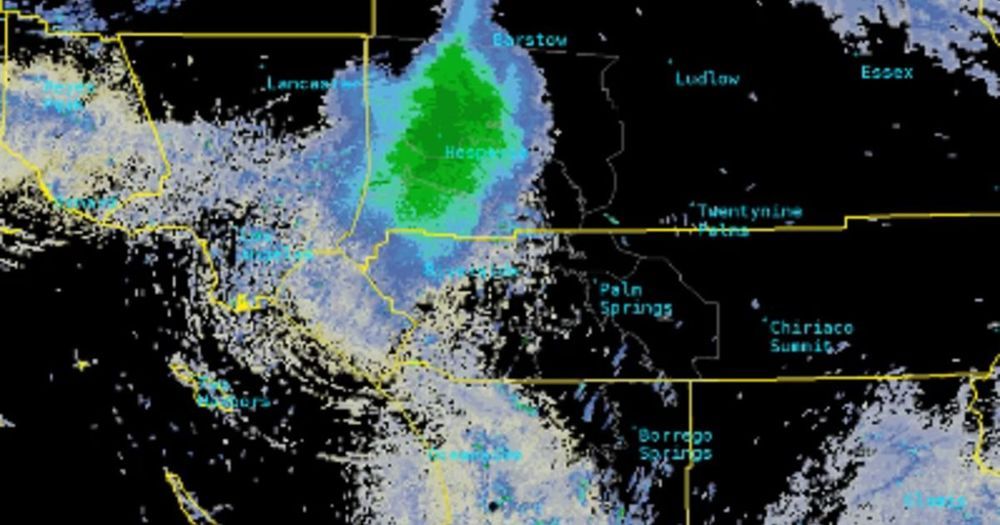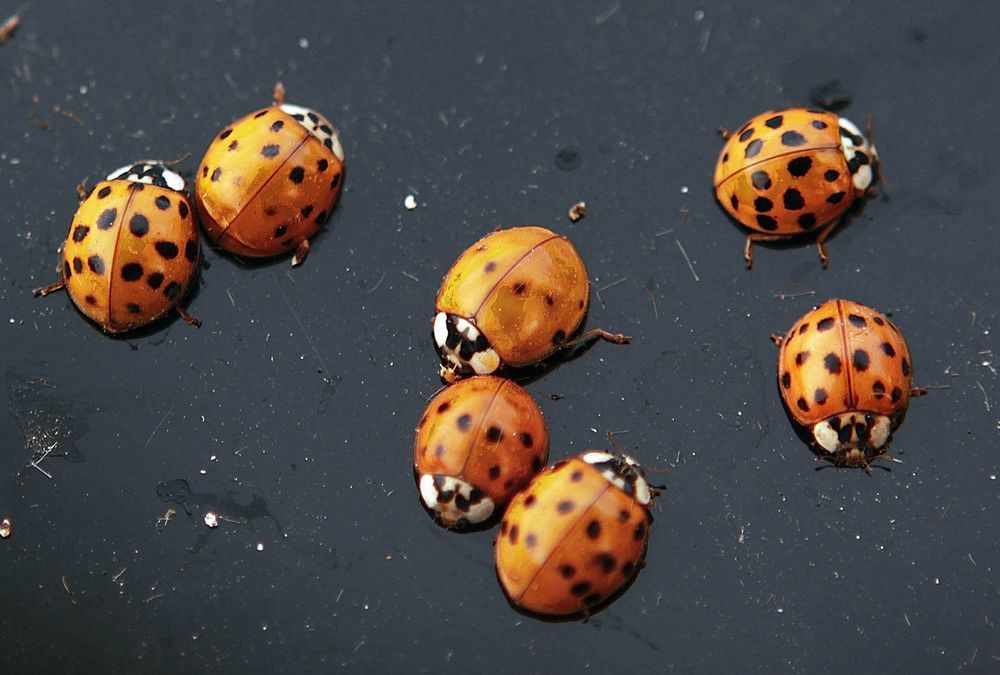A swarm of ladybugs moving through San Diego County was so large it registered on the National Weather Service’s (NWS) weather radar Tuesday night, CBS Los Angeles reports. The NWS office in San Diego tweeted out a video of the radar that looked to be showing precipitation but was in fact what they called a ladybug “bloom.”
“The large echo showing up on SoCal radar this evening is not precipitation, but actually a cloud of ladybugs termed a ‘bloom,’” the tweet read.









